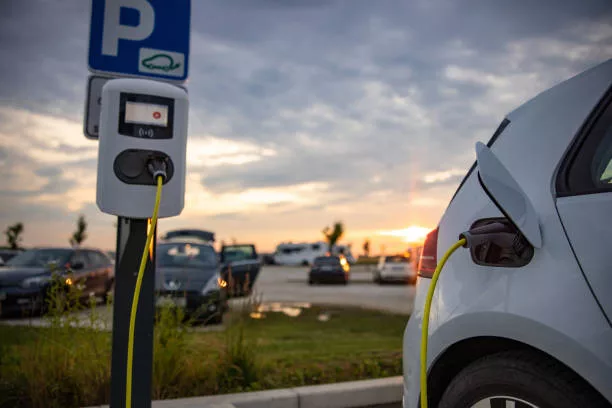Electric vehicle (EV) drivers often face challenges when charging their vehicles due to payment issues, which can impact the convenience and reliability of the service.
Seamless Payments as a Priority
Kristi Moriarty, a senior researcher at the National Renewable Energy Laboratory (NREL), emphasizes the importance of making payments trouble-free in the expanding public EV charging network infrastructure. She advocates for a charging experience devoid of disruptions to foster consumer confidence in a dependable nationwide system.
Tackling Payment Challenges
A report produced collaboratively by the NREL and Idaho National Laboratory, and funded by the Joint Office of Energy and Transportation, delves into payment obstacles faced during EV charging. The expertise of the National Charging Experience Consortium (ChargeX Consortium), which includes representatives from various sectors, forms the basis of this report, aiming to refine the charging process.
Consistent Payment Methods Are Essential
Moriarty points out that while providing multiple payment options—from traditional card readers to smartphone apps and newer methods like Plug & Charge—can be beneficial, each method must function reliably to avoid frustrating users.
Identifying the Problems
The report outlined by the ChargeX Consortium categorizes frequent issues that disrupt payment processes, such as network connectivity hiccups, installation complications of card reader systems, environmental effects on equipment, user confusion due to varied payment systems, and ongoing maintenance demands.
Practical Solutions on the Horizon
To mitigate these challenges, the report suggests practical steps, including conducting cellular connectivity checks prior to installation, performing regular network component maintenance, pre-deployment testing of software, and implementing easy-to-use, contactless payment technologies.
Proactive Measures for Future Planning
Moriarty envisions these robust recommendations to assist planners and decision-makers in preempting payment problems, thus smoothing the charging experience for EV drivers.
Contributions That Shape Recommendations
The concerns and strategies put forth in the report were developed with valuable insights from ChargeX Consortium members such as AMPECO, ChargePoint, Electrify America, and Rivian. Contributions also stemmed from discussions held by the Consortium’s Payment and User Interface task force.
Addressing payment issues can significantly enhance the overall EV charging experience, encouraging EV adoption and keeping drivers satisfied and on the move. With a focus on creating an accessible, user-friendly, and consistent charging network, the future of electric vehicle infrastructure looks promising.


























